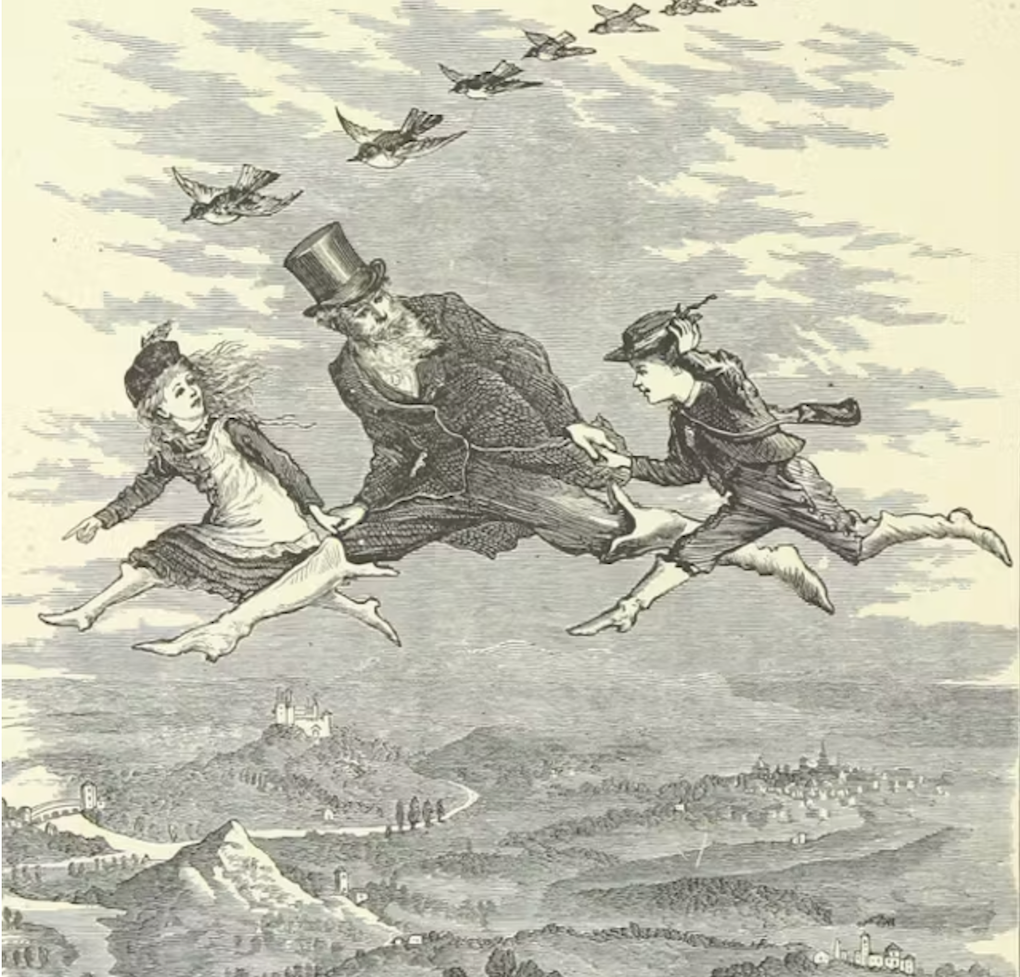The tyranny of the present moment

There’s nothing that frustrates me more than the feeling of being stuck.
Between action and inaction. Fear and aspiration.
Caught between the lure of a better tomorrow and the reminders of a painful past.
It’s no wonder the present moment can often feel like a prison for so many of us - at the very least it is not the sanctuary promised by mainstream mindfulness or meditation teachings.
Take writing for example. Such a simple act: scrawling words on paper (or tapping them onto a screen). It can be cathartic. It can offer clarity into the messiness of our internal worlds. To share our words is to reach across the chasms surrounding our lonely islands. But to do this, to yell across the expanse, is to expose ourselves.
There is always risk in action.
And yet there is also risk in inaction.
When our own islands are not safe places — when they are full of hidden threats — there is nowhere to hide. We find ways to cope: distraction, numbing, running. They are often seen as pathologies, but I see them as proof of our resilience.
This is the reality for many of us with divergent nervous systems, whether shaped by trauma, or wired from birth, or both.
But safety? It has been conveniently left out of the conversation. It gets skipped right over. Left out of the research. The therapies. The models.
Some level of internal safety has always been assumed: a calm, reasonable inner voice who reminds us everything will be okay, and be believed.
Worse still is when safety is dismissed altogether. Cognitive-based teachings suggest we can think our way to felt safety. Or worse, when safety is framed as weakness.
This is the rhetoric deeply embedded in society and it’s what we often come to mirror internally. We try to oppress and tame our felt-senses through sheer force of will. Mind over body. Pre-frontal cortex over subcortex. Rational over instinct and intuition.
We worship the intellect as the captain of the ship, the commander of the fleet, the CPU.
We subjugate. We dominate. We override.
But, as it turns out, we cannot operate as machines. We cannot rationalise our way to the felt sense of safety. And without it, we are stuck running, distracting, or numbing.
True safety is where true transformation begins.
Our systems (or however you choose to categorise the parts of you) they yearn to be heard and held. Emotional and relational systems need their moment in the sun just as much as cognitive. Not infantilised or exploited for outcomes, but recognised as equals with legitimate needs and valued parts of the whole.
This doesn’t mean blindly obeying their every whim.
It is giving each layer of you the space to speak: to express needs, fears, desires, and to move towards integration and collaboration. Toward genuine problem-solving.
Because ignoring them might work for a while.
But their mutiny always finds a way: in the tight body, the restless sleep, in the overactive mind or the intolerable tension of the now.
If this sounds radical or preposterous — too tender, too soft, too granola — that’s okay. I’m not here to convince you. Only to extend an invitation.
To become unstuck requires grappling with realities we have long accepted as fact. We believe if we stop the struggle we will drown. But what if, instead, we could pause?
What if we could touch the muck that entraps us, rub it between our fingers, and understand its very nature?
Might it help us better understand our nature?
Might the act of meeting ourselves, deeply and warmly, reshape the walls of our prison?
I believe so. I am living it.
But to pause, to face the present moment, requires internal safety. It doesn’t have to be an island paradise wiped free of predators. All we need to start with is one tiny shelter to call our own.
Let’s build that place together.
And from there, we can explore.
Differently.
